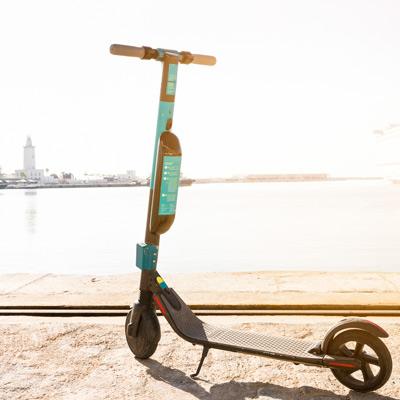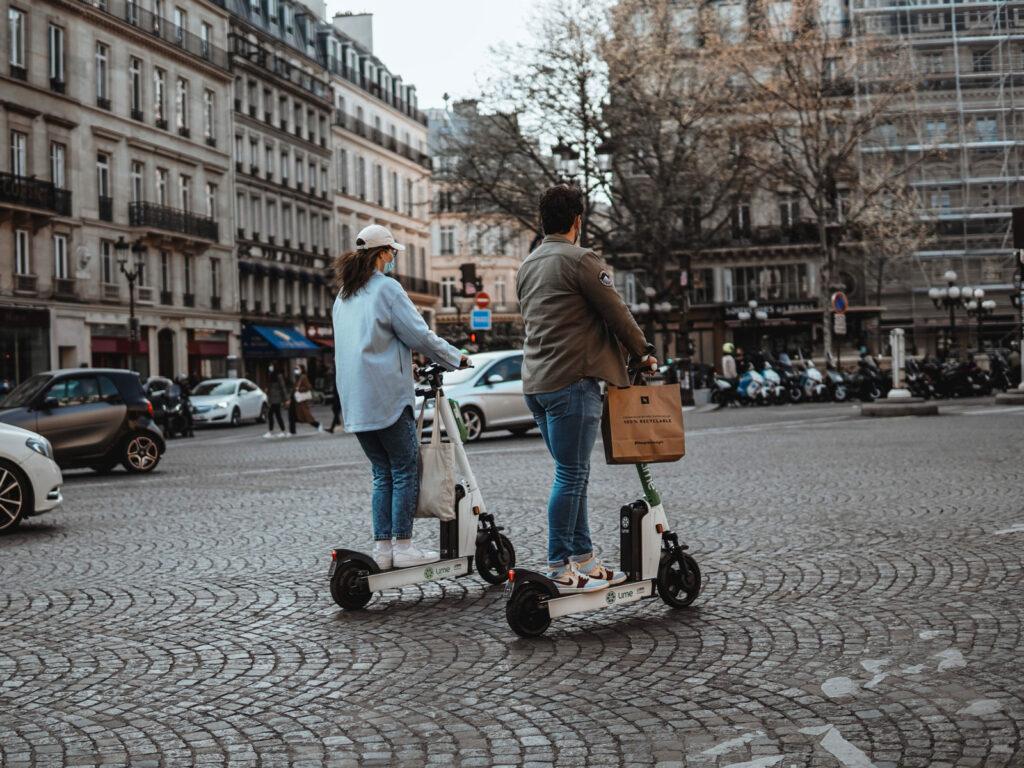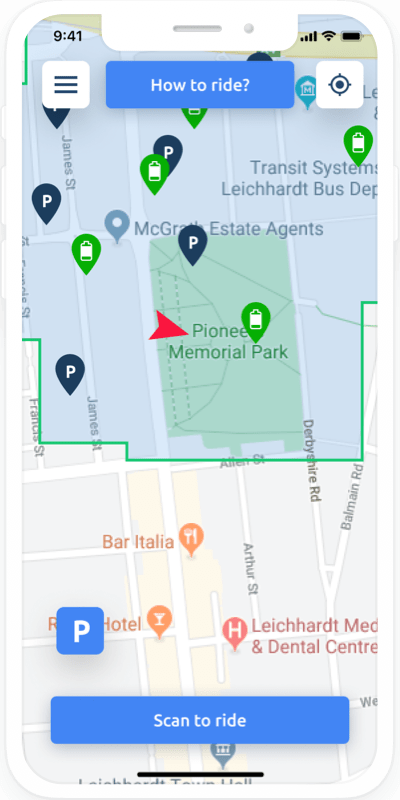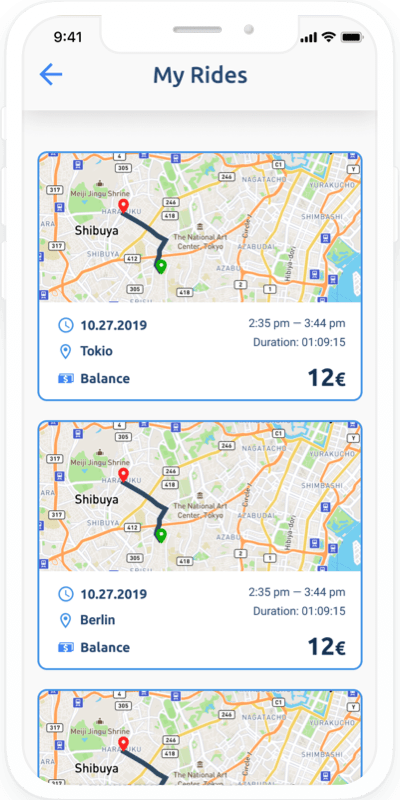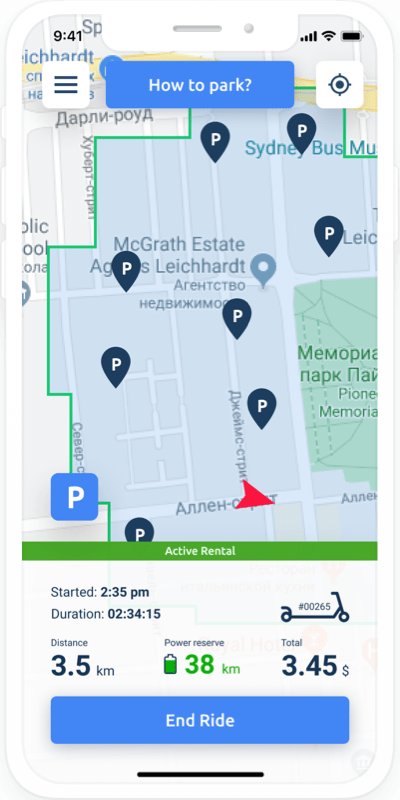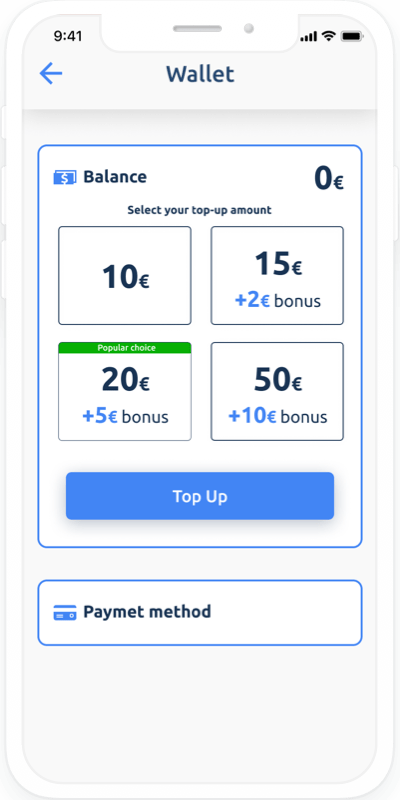A Scooter Sharing System
development
release
The Client
Our client wanted to create a scooter-sharing system. His idea was to provide a service in which electric motorized scooters (also referred to as e-scooters) are made available to use for short-term rentals.
Project idea
Our client had an idea to found a business aimed at providing the public with a fast and convenient mode of transport for last-mile mobility in urban areas. Due to the growing popularity of scooter-sharing, municipal governments have enforced regulations on e-scooters to increase rider and pedestrian safety while avoiding the accrual of visual pollution. Scooter-sharing systems are one of the least expensive and most popular micromobility options.
For the minimum viable product (MVP), we chose these main features:
- Personal profiles
- Tutorial
- Navigation to the nearest scooter
- Push notifications
- Payment gateway integration
- Deep links
- Advanced analytics
- Geolocation
In later versions of the app, we planned to add these features:
- QR code scanning
- Referral system
- Multilingual support
- Google Maps integration
Goals
- Provide customers with high-quality service
- Create convenient and intuitive user interactions with the mobile app and scooters
- Encourage people to use the scooter-sharing system
- Successfully integrate scooter software into our application
Challenges
- Create an easy way to rent a scooter
- Encourage people to use scooters carefully
- Create a convenient and fast registration process
To make the renting process easy and convenient we came up with two ways to do it. The first one is to scan a QR code on the scooter, and the second one is to tap directly on the scooter on the map in the mobile app.
Another challenge was to come up with an idea for how to encourage people to use scooters carefully. The solution we came up with was to add a photo report of the scooter after riding.
Additionally, the scooter-sharing system could seem hard to use for some people, so we came up with an easy method of fast and easy registration. Users just need to enter their name and a phone number, and then enter a verification code for phone validation.
Development process and results
Our first step was to analyze our client’s business needs and create technical specifications for both the iOS and Android applications. We developed wireframes and documentation and estimated the whole project. To make sure we released the app as fast as possible, we created a list of must-have features for an MVP version.
We chose Flutter for this project to create apps for both iOS and Android simultaneously and adapted each app version to its platform for the best user experience.
The team that worked on this project comprised:
- 1 business analyst
- 1 designer
- 1 Flutter developers
- 1 quality assurance specialist
- 1 project manager
Scooter map
This feature allows users to find the nearest scooter. The locations of scooters are visible on a map that detects the user’s current location. The Google Maps screen detects the user’s current location and displays the way to the nearest scooter.
Personal profile
A user’s personal profile contains the user’s name, surname, phone number, and app settings.
Scan to drive
To start the ride users can scan a QR code on a scooter.
Wallet
The wallet shows users’ balance and payment methods. To add a credit card to a wallet users need to enter its information.
My rides
The ‘My rides’ feature shows the history of users’ rides. It shows your journey on the map, the cost of the ride, and the date.
Photo report
After the ride users need to make a photo report, to show that the scooter is in good condition and is parked correctly.
Technologies we used
What our client said about this project
